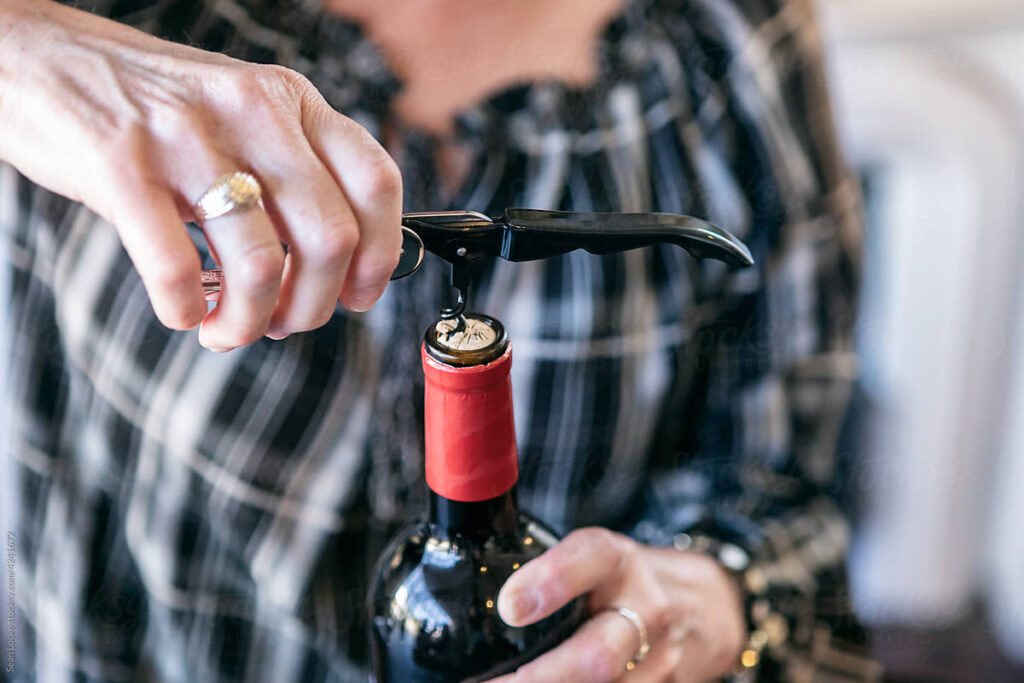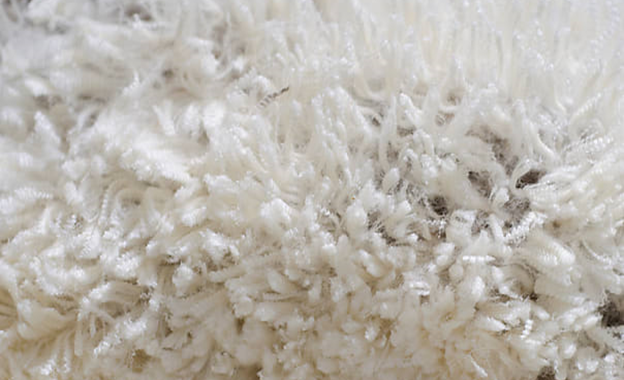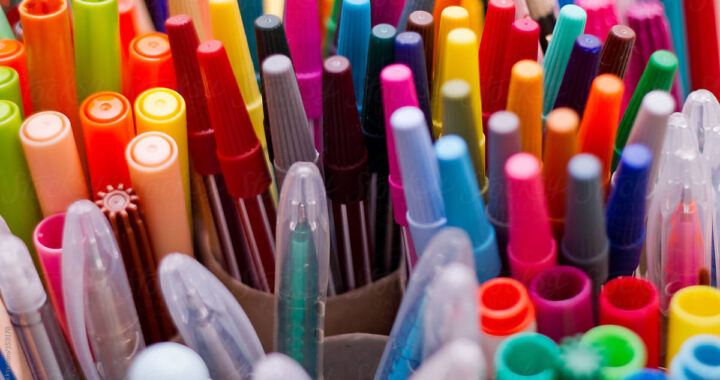Green Alternatives for Wine Bottles

Given the current emphasis on sustainability by many consumers, the wine industry is no different and is seeking sustainable and/or eco-friendly wine bottles. The environmental impact of the wine industry is huge. Wine bottles wholesale production and packaging contribute to the problem, glass is made with very energy-intensive processes, and bottling generates significant single-use bottle waste.
We explore different bottle options that businesses can refer to that can help reduce their carbon footprint. From recycled glass to alternatives, these varieties are beneficial to the planet while simultaneously catering to the increasingly environmentally conscious consumer.
Sustainable Materials: Recycled Glass and Beyond
For hundreds of years, wine bottles have been made from glass, a material that ensures the most pleasing quality because it maintains the qualities of taste and flavor. However, the production of glass takes a lot of energy, which adds to the sector’s carbon footprint. In return, this has wineries looking for sustainable alternatives, and more are drifting to recycled glass. Using recycled glass takes less energy than producing new glass, thus conserving energy and reducing emissions.
Plus, glass in all its forms is 100% reusable, so it is an enduring, eco-friendly product. A couple of wineries are looking into other materials, including compostable plastic and plant-based packaging, in addition to recycled glass. They’re still at the pilot level, though, and show great potential for tackling non-renewable materials.
Lightweight Bottles: Reducing Energy Use and Carbon Emissions
The weight of wine bottles has a large impact on the environment. Bottles weigh more, thus using up more energy to transport them, which leads to more carbon emissions through the supply chain. Implementing lightweight bottles allows wineries and business to decrease their footprint significantly. Instead, they produce lighter-weight bottles using less glass, demanding lesser materials and energy to manufacture.

Lightweight bottles can also provide cost savings on packaging for wineries and businesses. Not only can they reduce their carbon footprint—weighing fewer means less material and cheaper transportation costs—but they can also make a more sustainable, “closed-loop,” zero-carbon product.
Alternate Options for Wine Bottles and Packaging
Aside from the bottle materials themselves, the wine industry will look to more sustainable packaging solutions to address climate issues. One popular alternative is wine in a can. They’re much lighter than a glass bottle, easy to recycle, and more energy-efficient to ship. The same goes for larger or smaller servings, making them a suitable one-use, greener alternative for shoppers.
Another sustainable packaging style is the wine pouches. They are robust, reusable, and made of recycled material. They occupy smaller space, which leads to more efficient transportation and lower environmental impact. Wine packaging sustainability is more than just the bottle. The environmental aspect is also mitigated through labeled and closed hoppers. The traditional paper labels are being replaced with environmentally-friendly labels formed with recycled materials and printed with sustainable, non-toxic inks.
These labels are more eco-friendly and create less junk in landfills. Likewise, traditional wine closures made from cork or synthetic materials are on their way out. Wines are increasingly available under screw caps with improved seals and less harmful cork alternatives. Wineries can also advance their sustainability strategy by making use of sustainable closures and labels to mitigate their environmental footprint even more.


 Creative Ways to Use Bulk Notepads for Events and Special Occasions
Creative Ways to Use Bulk Notepads for Events and Special Occasions  Packaging and Shipping Considerations for Bulk Fleece Fabric
Packaging and Shipping Considerations for Bulk Fleece Fabric  U.S. Regional Market Guide: Teacher Appreciation Gifts
U.S. Regional Market Guide: Teacher Appreciation Gifts